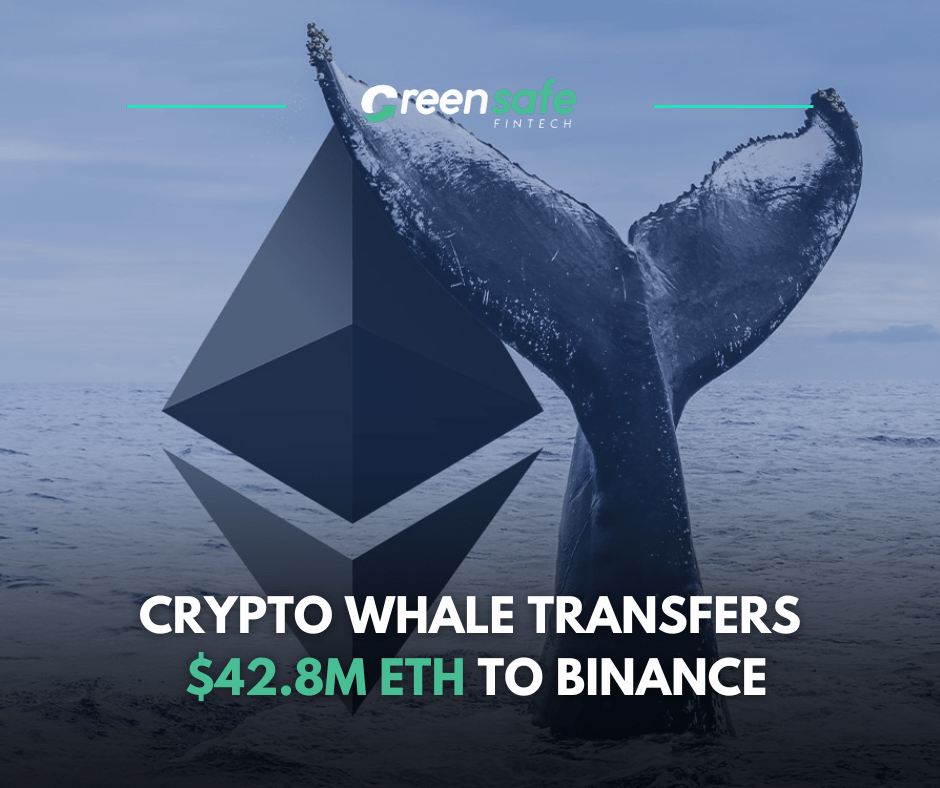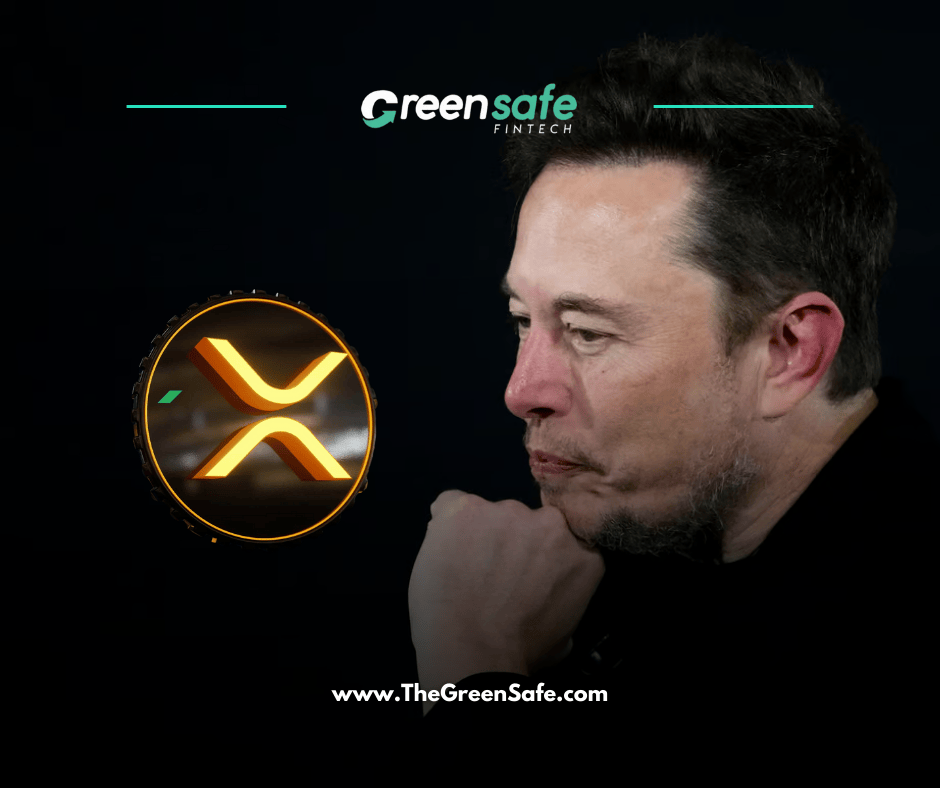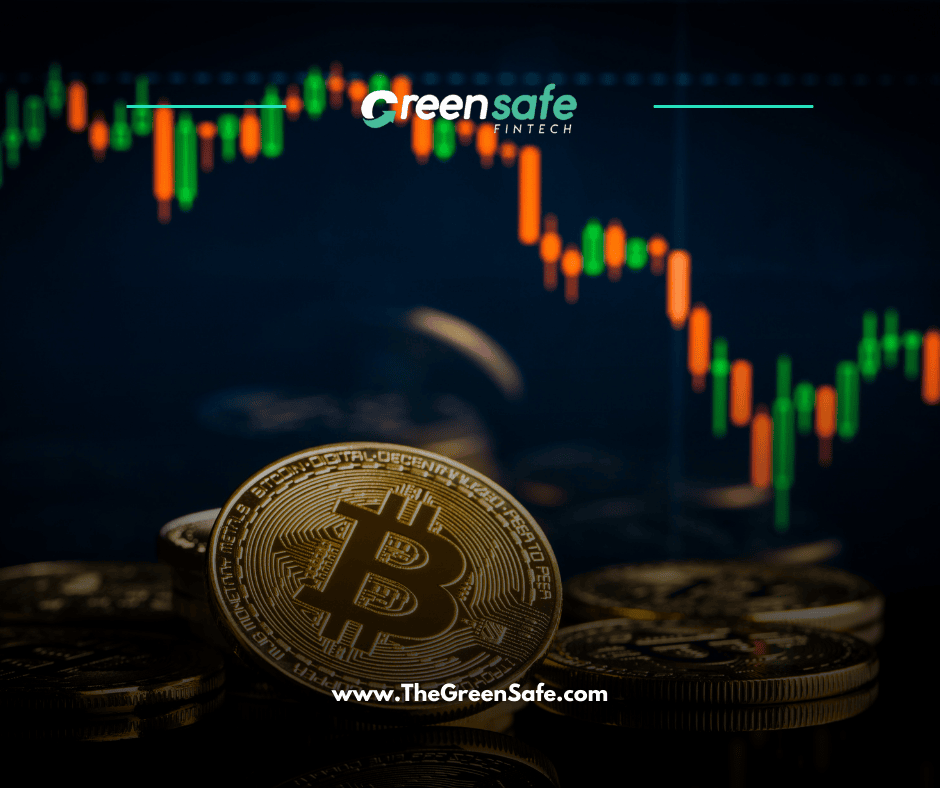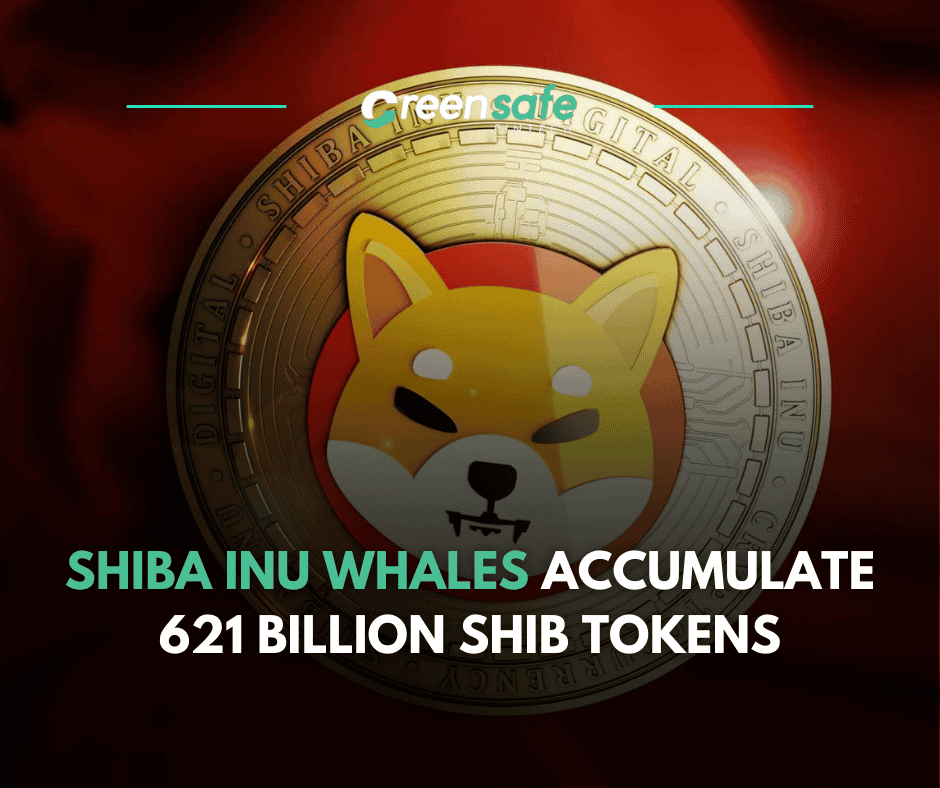A substantial investor, known as a whale, who has been trading Ethereum’s native token since 2017, recently transferred a significant portion of their Ethereum holdings to the crypto exchange Binance.
Roughly 18 hours ago, the address x50b42514389F25E1f471C8F03f6f5954df0204b0 moved 12,000 ETH (valued at $42.8 million at the time) to Binance, as reported by blockchain analysis firm Lookonchain. This transfer represents about 0.01% of the total circulating supply of Ethereum, the second-largest cryptocurrency by market capitalization.
Additionally, the same address moved nearly 9,000 ETH to Binance the previous day, exchanging it for 30 million tether (USDT), the largest dollar-pegged cryptocurrency.
Lookonchain posted on X during Wednesday’s U.S. trading hours, “A significant whale deposited 12K ETH to Binance 1 hour ago and may sell it.”
Moving coins to addresses associated with cryptocurrency exchanges often indicates an intention to sell or use the coins as a margin in derivatives trading, potentially leading to increased price volatility.
It’s plausible that the whale aimed to sell the cryptocurrency during its recent price surge. On Wednesday, Ether experienced an 11% increase, reaching $3,500, reversing a decline from the previous day. At the time of writing, it was trading at $3,535, according to CoinDesk data.
This surge occurred despite reports suggesting that the U.S. Securities and Exchange Commission is considering classifying ETH as a security, a development that could impact plans for listing spot ether exchange-traded funds in the United States and subject Ethereum and related projects to stricter regulations.
However, data from Deribit’s options market indicates that traders are more pessimistic about ether compared to bitcoin (BTC). While ether’s one-week put options trade at a 4% premium to its calls, bitcoin’s puts trade at a 2% premium. A similar trend is observed in options expiring in one month, according to data tracked by Amberdata.
A put option grants the buyer the right, but not the obligation, to sell the underlying asset at a predetermined price on or before a specified date. A put buyer typically holds a bearish outlook on the market, seeking to profit from or hedge against an anticipated price decline.












